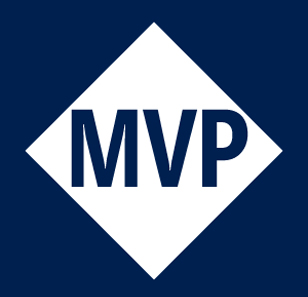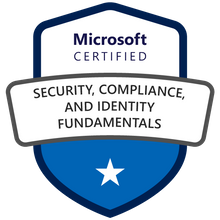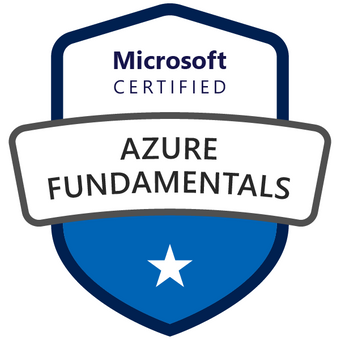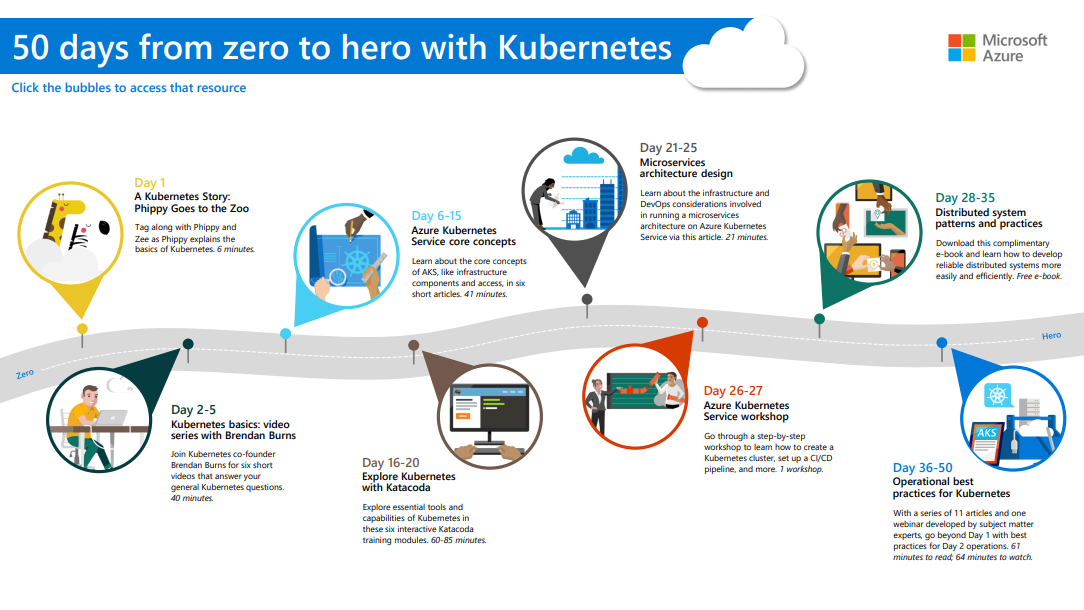T-SQL Tuesday # 157: Year-End Tasks
December 13, 2022
I thank Garry Bargsley (Blog|Twitter) for hosting T-SQL Tuesday #157. The topic for this month is End of Year Activity. I also want to acknowledge Adam Machanic’s vision behind this project. I learned a lot from some T-SQL Tuesdays and participated in a few. Thank you, Steve Jones (Blog|Twitter), for coordinating this program. If you are interested to see previous topics, visit here.
Garry asked us about end-of-year activities for the SQL environment. Garry gave five examples to get started. I consider the first four out of those five as routine tasks, and we perform them around the year. Since TSQL Tuesdays are always open-ended and broad in scope, I will list the things we do outside the SQL engine. I saw a few excellent blog posts about year-end tasks strictly around SQL Server Engine. Being a full-time employee and the nature of the business, I cannot go into specifics.
Year End Review
We do a thorough year-end review. Allowing each of us to write our self-review. Supervisors write reviews for each person. Also, follow a guided procedure to collect feedback from a different groups of people within the company. There is open discussion and feedback exchange between individuals and supervisors.
Project Planning for Next Year
This time of the year, we spend a lot of time planning projects for next year. In this process, we look at everything. Application upgrade, SQL Server Version upgrade, Hardware (server, storage, network equipment etcetera) replacement. We will be looking at a possible list of SQL Servers using 2014 and 2016 that we can upgrade without colliding with the deadline with every version going out of support. Planning to upgrade DBA Warehouse, DBA test cluster to SQL 2022. At the same time, bring awareness of SQL 2022 features to all application teams.
Budget for Next Year
We do work on budgets for next year. It will include everything from renewal, new purchases, and support contracts. Regarding the Azure budget, we try to optimize wherever we can. We look at the percent usage of our reserved instance (RI) purchase and adjust if required. I can give an example here. During the PASS Data Community Summit, I learned that Azure SQL Database has different defaults for differential backup frequency based on purchasing model. We switched most from twelve to twenty-four hours, which will save us point-in-time backup retention costs.
Time Off
We encourage some downtime for everyone. In my team, everyone comes up with the dates they want to take off. Then we put those dates in the calendar and adjust them to ensure we have sufficient coverage for day-to-day operations and triage emergencies. Even if you are working, we encourage you to read, research, test, and take certification (if you want to) during the slow period.
Disaster Recovery Preparation
Since we are in a hybrid model in terms of our hardware and software, traditional high availability and disaster recovery plans are no longer valid. Reviewing all existing knowledge base articles and updating is one task we have already started and will continue the following year. We also take any opportunity to test our plan whenever practical.

















